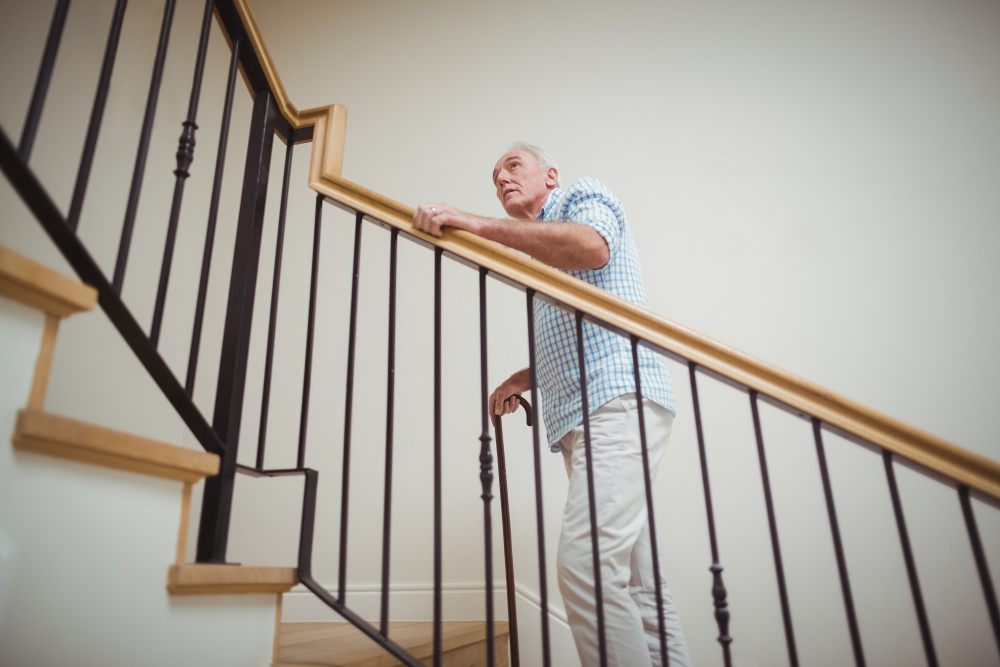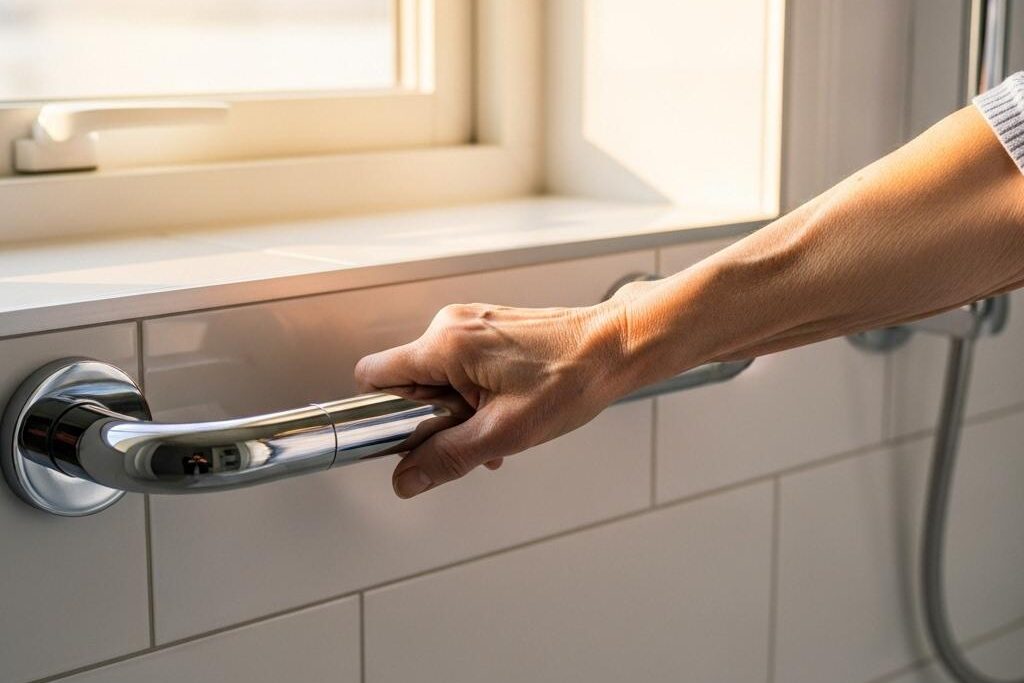As our loved ones age, many choose to continue living independently. While this decision promotes dignity and self-reliance, it also necessitates a focus on home safety for elderly living alone. Creating a secure environment is crucial to minimize risks and enhance quality of life.
Understanding the nuances of home safety for elderly living alone is essential for family caregivers and anyone concerned about the well-being of older adults. This guide will explore key strategies to make a home safer and more comfortable for seniors.

Understanding the Importance of Home Safety
Ensuring home safety for elderly living alone is not just about preventing accidents; it’s about fostering an environment that encourages independence and peace of mind. A safe home can significantly reduce the risk of falls, injuries, and emergencies, allowing seniors to live confidently.
Common Risks in the Home
Identifying potential hazards is the first step in promoting home safety for elderly living alone. Common risks include slippery floors, inadequate lighting, clutter, and inaccessible emergency resources. Addressing these issues is vital for maintaining a safe living space.
Practical Home Safety Tips
Ensure Proper Lighting
Good lighting is crucial in preventing falls. Ensure that all areas of the home, especially staircases and hallways, are well-lit. Consider motion-activated lights for added convenience and safety.
Remove Tripping Hazards
Clutter, loose rugs, and electrical cords are common tripping hazards. Secure rugs with non-slip pads and keep pathways clear to ensure easy navigation.
Install Safety Features
Consider installing grab bars in the bathroom and handrails on both sides of staircases. These additions can significantly enhance home safety for elderly living alone.
Technological Aids for Safety
Emergency Alert Systems
Investing in a reliable emergency alert system can provide peace of mind. These devices allow seniors to call for help at the push of a button.
Smart Home Devices
Smart home technology, such as voice-activated devices, can enhance safety and convenience. For example, smart thermostats and lighting can be controlled remotely, reducing the need for physical exertion. Learn more about voice-activated devices for seniors.
Creating a Safe Bathroom
Non-Slip Surfaces
Bathrooms are high-risk areas for falls. Install non-slip mats in the shower and on the floor to prevent accidents.
Accessible Fixtures
Ensure that all bathroom fixtures, like faucets and showerheads, are easily accessible and simple to use.
Kitchen and Cooking Safety
Fire Prevention
Install smoke detectors and ensure they are functioning correctly. It’s also essential to keep a fire extinguisher in the kitchen.
Easy-to-Use Appliances
Opt for appliances with simple controls and clear displays. Automatic shut-off features can also boost safety.
Outdoor Safety Measures
Secure Pathways
Keep outdoor pathways clear of debris and ensure they are well-lit. This will reduce the risk of falls when entering or leaving the home.
Patio and Yard Safety
Regularly check for loose tiles or uneven surfaces in outdoor areas. Learn more about patio safety for seniors.
Community Resources and Support
It’s important to stay connected with community resources that can assist with home safety for elderly living alone. Local senior centers often offer valuable information and support.
Regular Home Assessments
Conducting regular home assessments can help identify new risks and ensure that safety measures are up-to-date. Consider enlisting the help of a professional if needed.
Encouraging Independence
While safety is paramount, it’s also important to encourage independence. By making small adjustments, seniors can maintain their autonomy and live fulfilling lives.
Conclusion
Prioritizing home safety for elderly living alone is crucial for their well-being. By implementing the strategies outlined in this guide, family caregivers can create a secure and comfortable environment that supports independent living. For more tips on creating a safe home, visit MyAcaRe.

FAQ
What are the most common home hazards for seniors?
Common home hazards include slippery floors, poor lighting, and cluttered pathways.
How can technology enhance home safety?
Technology like smart home devices and emergency alert systems can significantly improve home safety.
How often should home safety assessments be conducted?
It’s recommended to conduct home safety assessments at least once a year or whenever there are changes in the living environment.
This article contains affiliate links. We may earn a commission at no extra cost to you.






